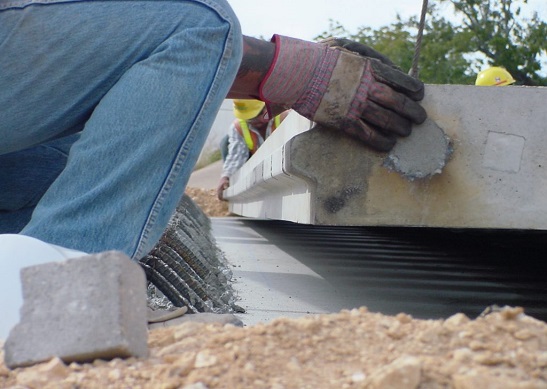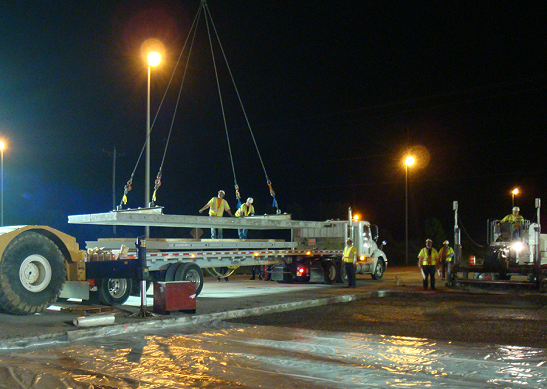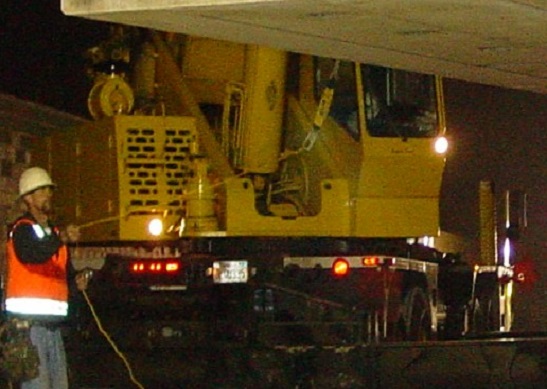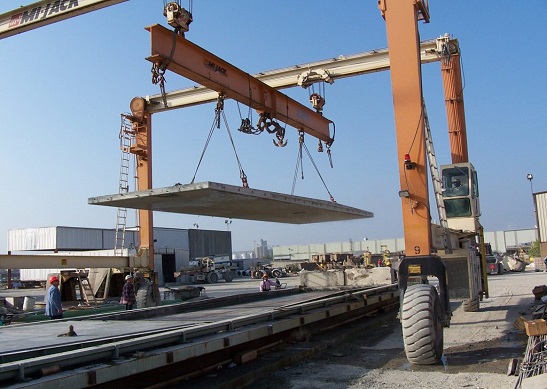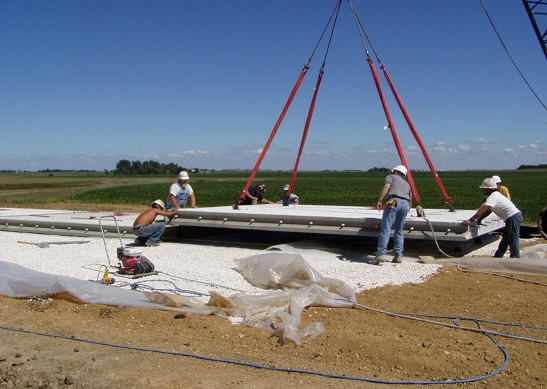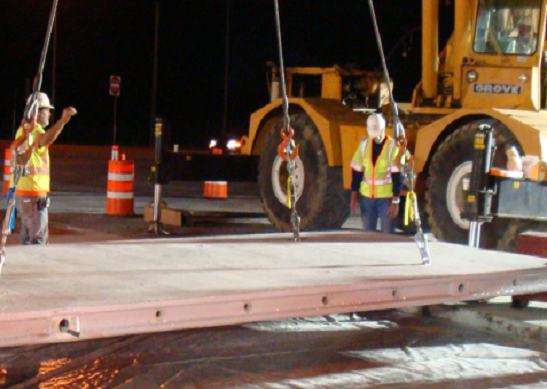Route 896 | Newark, Delaware
Route 896 | Newark, Delaware
Assisting the Delaware Department of Transportation (DelDOT) in implementing precast prestressed concrete pavement (PPCP) technology, Transtec provided design and construction assistance for the rehabilitation of a section of northbound Route 896 at US 40 in Newark, Delaware. The existing pavement exhibited severe ASR-related distress in the turn lanes and required full-depth reconstruction. PPCP provided a solution that would permit reconstruction to be completed between the hours of 7:30 pm – 5:30 am, ensuring all lanes would remain open during peak travel times.
During each nightly closure, the existing pavement was removed, the base was prepared, the precast panels were installed, and temporary post-tensioning was applied prior to opening to traffic. The panels were installed over a pervious concrete base, which provided a workable platform to support the panels immediately after it was screeded to the proper grade and elevation. Threaded post-tensioning bars were used to sequentially post-tension the precast panels as they were installed such that temporary post-tensioning was provided at all times, even when the pavement was open to traffic prior to final post-tensioning.
CLIENT: DELAWARE DEPARTMENT OF TRANSPORTATION (DELDOT)
The Transtec Group’s unique expertise in the area of precast, prestressed concrete was employed to create project plans and provide technical assistance to DelDOT and the project contractors during precast panel fabrication and pavement installation.

Additional Information
Additional Information
Completed: August 2009
Project Length: 1,044 ft (two-lane pavement), 236 ft (single-lane pavement)
Panel Dimensions: Two-lane pavement: 24′ x 9′-10″ x 8″, Single-lane pavement: 12′ x 9′-10″ x 8″
Number of panels: 130
Number of post-tensioned sections: 10 (1 @ 108′, 3 @ 118′, 4 @ 128′, 2 @ 138′)
Panel Installation Rate: Up to 13 panels/10-hour night closure (included pavement removal, base construction, panel installation, and temporary post-tensioning)
Features: Nighttime construction—lanes were closed to traffic after the evening rush-hour and opened to traffic before the morning rush-hour. First project to utilize threaded bars for temporary post-tensioning.


